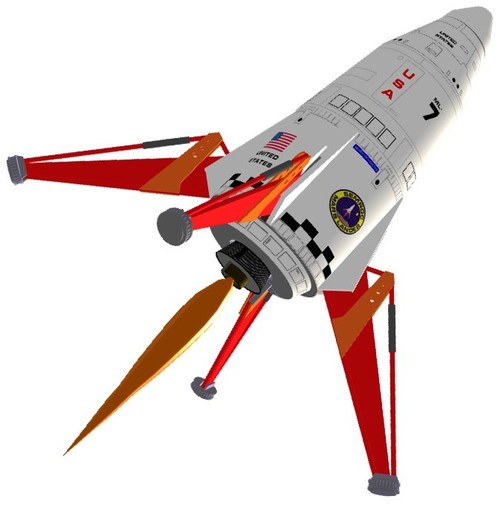There is a lot more software involved. It has never been done before. Complex new systems and the need to respond quickly to unforeseen events as they unfold. To effectively manage the service delivery we need to be more Agile and Lean. Not only do we have to align different team capabilities to ensure software, hardware and services are in sync, but they must be able to manage new demands and changes rapidly, deploying quickly and safely. The ITIL® capabilities are still relevant but must be more responsive to the demands for more rapid changes – the words Agile Service Management enter the conversation. But what does that mean? To fulfil all the demands of the customer, IT Teams must quickly respond to new business requests and deliver fast, reliable, safe, error free solutions. An error in space cannot be readily fixed by sending an on-site engineer. The way we need to work on the MarsLander mission is new. We are learning as we go. We need to be flexible and continuously learn and improve our services and capabilities in small steps to ensure that we are continually aligned with customer needs. At the same time we are more and more dependent upon an eco-system of partners and suppliers who must also be aligned and flexible to changing needs. We also need to work in multifunctional teams to share knowledge, reduce handoffs, prevent mis-communication and ensure all are aligned to realizing customer needs and to increase the flow of work. Launch a rocket with the MarsLander on board, bring it to Mars and collect valuable data for Universities and Research Centers. Your challenge is to support the Mission Center, helping ensure they are able to achieve all mission goals. The Mission Director is managing the Mission Center and leads a team consisting of Flight Operation, Navigation and communication experts. These specialists manage the flight plan of the mission in accordance with mission goals and contractual agreements with the customers and suppliers. The Mission Support Team consists of Support Engineers, Test Engineers and Change Management. They will resolve all issues that occur during the mission. The Development Team develops and maintains applications, features and application fixes. Vendors are supporting the Mission Support Team with data communication services and data storage services. The Service Manager will manage the Service Design, Service Delivery and Service Improvement. In the 20th century we used ITIL® to manage our services to bring the Apollo 13 mission to the moon and safely back to Earth again. Bringing a MarsLander to Mars requires a higher level of service delivery capability.
In the 20th century we used ITIL® to manage our services to bring the Apollo 13 mission to the moon and safely back to Earth again. Bringing a MarsLander to Mars requires a higher level of service delivery capability.Scenario
Objectives
This simulation is about exploring and experiencing how you can transform your current IT organization into a more Agile and Lean organization. The following aspects will be experienced and discussed:
